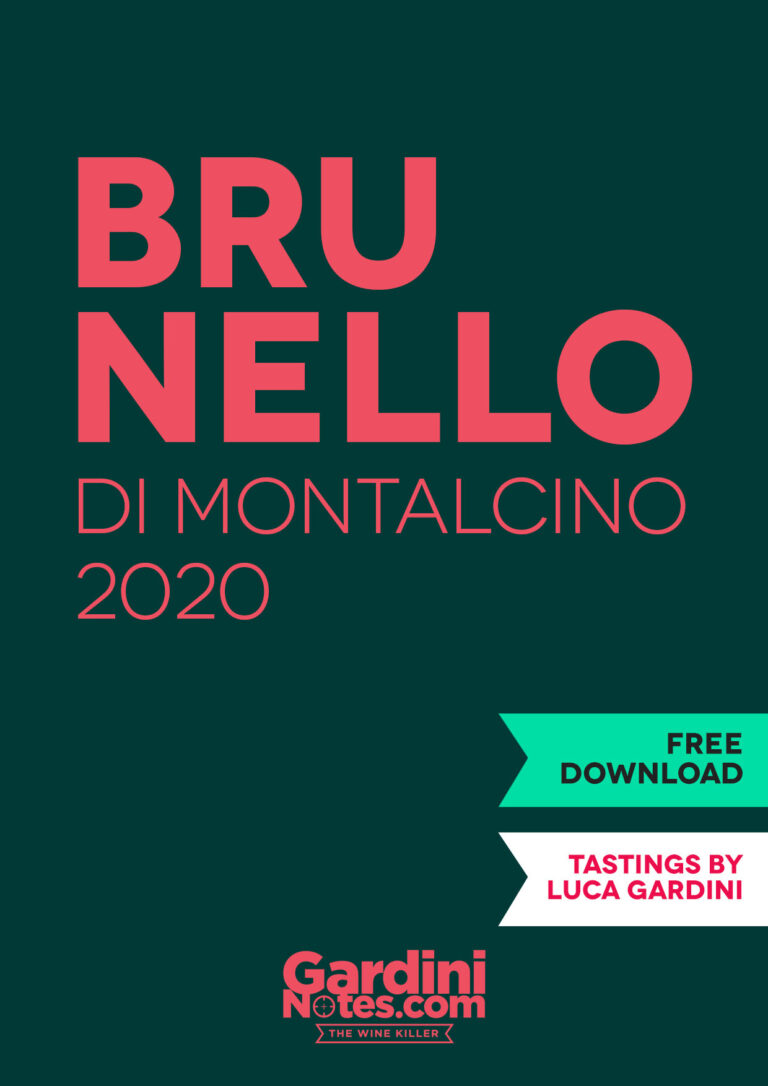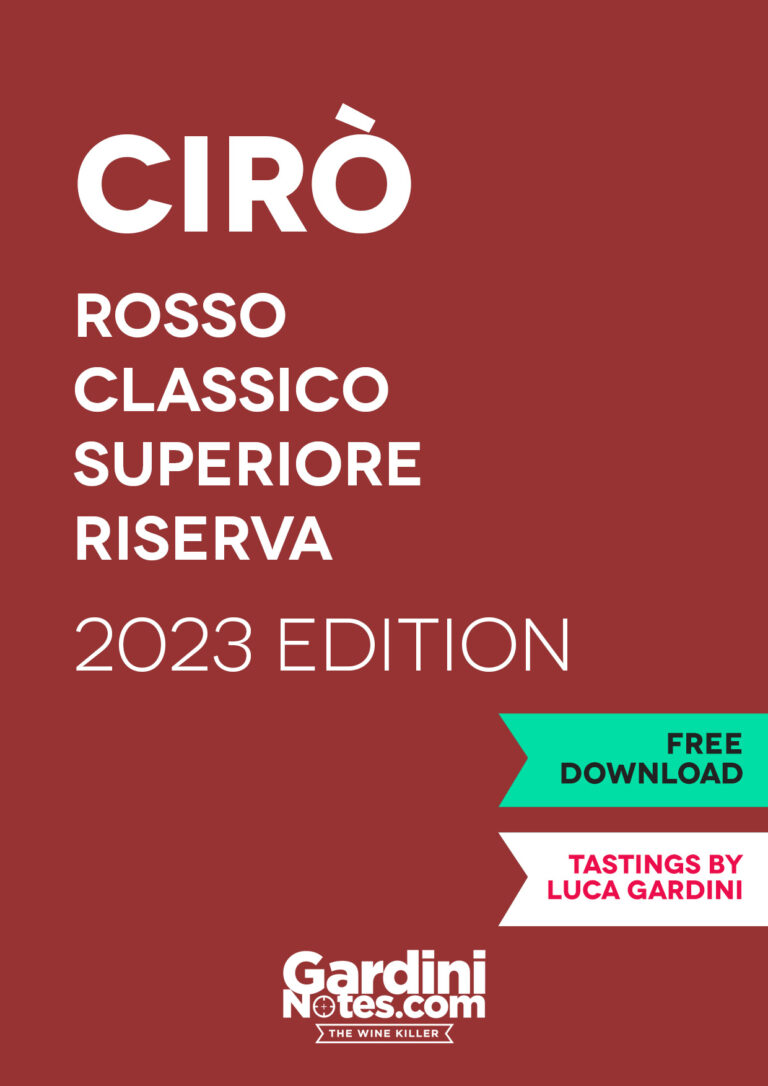A year of great impact right from the start, but at the same time the crunchiness of the raw material, in combination with the very delicate texture of the tannins, make us assume that this is a vintage with great drinkability and remarkable aging potential.

NEBBIOLO 100%
The Nebbiolo, which is divided into three sub-varieties: Lampia, Michet, and Rosé, is difficult to grow due to its extreme sensitivity to different soil variations. However, this delicate fruit produces a very persistent wine: the Barolo, which is impossible to discuss in terms of one only characteristic. This notable wine can be interpreted in different ways and characterized by distinctive aromas and flavors thanks to the heterogeneity of the territories, the many important crus, and its various vineyard expositions. In the Langhe, various soils and mineral deposits are present, which contribute to the many interpretations of Barolo. Sedimentary clay, the Sant’Agata Marls: chalk marls mixed with grey-blue sandstone, Diano’s sandstone: a dark grey sandstone interspersed with clay, and the formations of Lequio: red-gray stones striated with gray marls, are the important variances of the Langhe soil. The resulting Barolo is a fine, as well as, strong wine.
Barolo (in 2018 composed of 253 ha):
• Fruity, fine, and strong wines. • Sarmassa and Cannubi are two important and well-known crus.
Castiglione Falletto (in 2018 composed of 145 ha):
• Densely elegant, solid wines with strong tannins and earthy flavors.
• Monprivato and Bricco Boschis are two important and well-known crus.
La Morra (in 2018 composed of 537 ha):
• Less structured wines with very strong aromas.
• Brunate and Cerequio are two important and well-known crus.
Monforte d’Alba (in 2018 composed of 461 ha):
• Wines vary greatly depending on hillside location.
• Characteristic salty feel.
• The Western side produces wines from Bussia.
• The Eastern side produces wines, such as Ginestra, Gavarini, and Mosconi, stronger in tannins.
Serralunga d’Alba (in 2018 composed of 353 ha):
• Fully textured wines that are sometimes quite rough and powdery.
• The flavors recai I red fruits preserved in alcohol.
• Vigna Rionda and Francia are two important and well-known crus.
Novello (in 2018 composed of 184 ha):
• Nascetta, a native white grape, is cultivated in this area. • The wines are often wild, minty, and spicy with good tannins.
• Ravera is the most important cru of this area.
Verduno (in 2018 composed of 1 0 9 ha):
• Pelaverga, a native red grape, is cultivated in this area.
• The wines are not as strong as those of Serralunga.
• Monvigliero is the most important cru of this area.
The other lands that typify the Barolo production area are Grinzane Cavour (60 ha) Roddi (24 ha) Cherasco (2 ha) and Diano d’Alba (20 ha) which is also well-known for the Dolcetto.
It is important not to generalize the Barolo. Each area, each producer, and obviously, each vintage could result in a wine that differs from the above indications.
DIFFERENCES BETWEEN CRU AND MGA
This year, the tasting of the various Barolo 2018 followed a unique and brand new criterion. The samples were divided by municipality and then by Crus, and tasted following a geographical path from north to south for each side of the Barolo area.
This division allowed to register every single nuance among wines produced in small areas with the same pedoclimatic conditions, thus to carry out a more accurate analysis.
An interesting digression about the terms “Cru” and “MGA” is also necessary.
During the 90s, Barolo undergoes a radical transformation and is completely rediscovered by the oenological world: starting as an astringent and an austere wine, it instead becomes harmonious, free from oxidation, rich in new aromas and specific characteristics of Nebbiolo variety.
As a consequence, market demand and vine areas spread, as well as wineries and labels, who feel the need to distinguish themselves from each other by giving to their own wines vineyards’ names, both dialectal or invented.
To avoid confusion, it is necessary to permanently name the different vine areas – the most ancient as well as the most recent ones – by municipality.
The Consortium for the Protection of Barolo and Barbaresco plays in this regard a fundamental role that ends up with the inclusion of 181 areas in the new regulation brought out in 2010, which officially defines at administrative level the main denominations and the smaller areas.
Thus were born the MGA, Menzioni Geografiche Aggiuntive (additional geographical mentions), called this way as required by the law and the Ministerial Decree in force at the time. Piedmont, specifically for Barolo and Barbaresco, is the only Italian region using this new denomination method.
But what’s the difference between Cru and MGA? It would be an understatement to say that MGA are just newer Crus. The mention is a geographical indication that is added to the main denomination, thus indicating a smaller area. Compared to the concept of “Vigna” (vineyard), with its exclusively corporate dimension, the mention has a more collective value instead, concerning more producers. On the other hand, Cru leads the same way to identify a specific production area, where several factors – even not natural – give the wine unique and particular characteristics, different from those you can found in other wines, however produced in nearby locations.
MGA and Cru are not the same, but both are valid as Barolo “sub-appellation”, to better identify origin and peculiarities that otherwise would be difficult to distinguish in such a wide wine scene.
2018 VINTAGE
According to the tastings I made, I can conclude that 2018 is a vintage of great cleanliness, beautiful exaltation of the fruit, in terms of elegance, tension and depth.
A year of great impact right from the start, but at the same time the crunchiness of the raw material, in combination with the very delicate texture of the tannins, make us assume that this is a vintage with great drinkability and remarkable aging potential.














